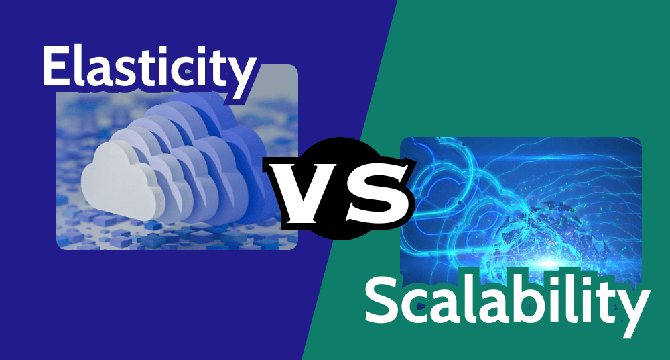Cloudwards
1M
360

Image Credit: Cloudwards
Elasticity vs Scalability in Cloud Computing: What’s the Difference?
- Elasticity is the ability to react to sudden changes in workload demands by adding or removing resources in a cloud environment.
- Scalability involves expanding or shrinking cloud resources to prepare for future changes in workload demands, adjusting the upper and lower limits of cloud capacity.
- Elasticity depends on scalability; if a cloud environment isn't scalable, resources can't dynamically expand in response to changing demands.
- Vertical scalability updates existing resource specifications, while horizontal scalability adds or removes resource units.
- Implementing a scalable system can be costly, but ensuring resource elasticity can help minimize long-term costs.
- Elasticity adapts to real-time resource usage, while scalability focuses on future needs and projections.
- Cloud elasticity adjusts resource capacity dynamically to meet sudden workload changes, like handling spikes in traffic for streaming platforms or e-commerce sales events.
- Cloud scalability involves provisioning resources to match demand changes, suitable for scenarios like business expansion, data storage, and disaster recovery.
- Horizontal scaling adds or removes resource units, while vertical scaling adjusts processing power, and diagonal scaling combines both.
- Elasticity is reactive to real-time changes, highly automated, and helps handle unexpected spikes in resource usage, while scalability is more long-term and less dynamic.
Read Full Article
21 Likes
For uninterrupted reading, download the app